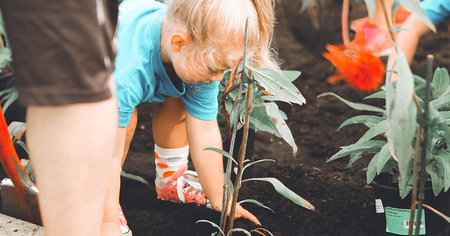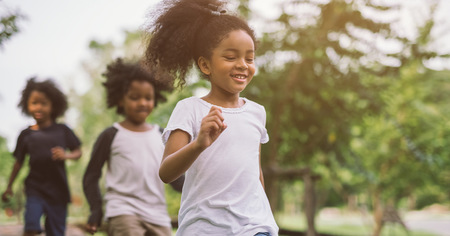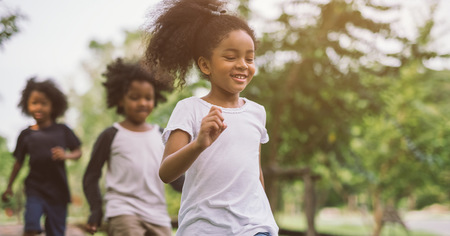The school year was just barely underway, and that meant that the more than 200 afterschool programs around the region were wrapping up their programs for the week and looking forward to the week ahead. Program directors locked up materials in supply closets, powered down computer terminals, and filled sports equipment lockers with balls, bats, and assorted playground toys. Little did they know it would be the last time many of them would see their programs—or their students and staff—for months, or years, or ever.
The warnings about the approaching storm slowly intensified on Saturday, and by Sunday the city was under a mandatory evacuation. Those who got out did—but there were many, many who could not. I will leave it to the media to convey—through pictures and stories—the fear and desperation that surrounded the city for the next five days. Just know that the impacts of what children saw and experienced stayed with them long after the water receded.
The experiences of those who evacuated ahead of the storm were minimally better. Many families wandered from home to home, their lives in flux as they struggled to determine next steps in a world where nothing was certain. Just know that these feelings of unpredictability and uncertainty stayed with children long after the storm had blown on.
These were the children that slowly came back to the city—ready to rebuild their lives in a place that looked nothing like what they had left. And it was afterschool program leaders—nearly all of them in the same emotional state as the children they served—who welcomed them into programs with open arms. You see, in a world that had been turned upside down, children needed—more than ever—a place to just be children; to play, to draw, to read; to escape all of the destruction and depression and devastation that was around them every single day. These children needed to be in an environment tha—for just a few hours a day—shut out what was outside and let them escape into games and laughs.
As I moved through the city in the months and years after Katrina, it always amazed me to find programs—and children—surviving and thriving in areas of desolation and desertion. Neighborhoods would be nearly absent of residents, houses still boarded up, street signs long abandoned, but around nearly every corner, you could walk into a church, a school, a neighborhood center and find children laughing, singing, and playing, all under the watchful eyes of caring and loving adults.
"How do they do it?" I often asked myself as I traveled from one place to another. How did they have the stamina, the strength, the sheer will to bring brightness and happiness to these children? I knew so many of the adult leaders personally—I knew what they had lost, I knew what they were struggling with. I knew in so many ways they were no better off—emotionally, financially, physically—than any of the other families and children they were helping. But yet every afternoon, and all day in the long, hot New Orleans summers, they seemingly left those troubles behind to care for "their" children.
I came to realize it was all part of their healing—the "giving back," in a sense, to the neighborhoods they had been a part of long before the storm. It was their contribution to the rebuilding of New Orleans. It wasn't houses or businesses or even programs they were rebuilding, but rather lives, and families, and communities. They were the silent army—working alongside each other in ways never imaginable before the storm. They were—and still are—the warriors committed to ensuring the arts and music and culture of New Orleans survives and is shared with the next generation.
Ten years later, I think I know what kept them going, and it's what keeps all of us in afterschool going when situations seem overwhelming. We know we are making a difference in children's lives. We know families are counting on us to keep their children happy and safe. We know we are so often the glue that holds communities, schools, and neighborhoods together.
I know that was the role afterschool played in New Orleans after Katrina, and I know that is the role that so many of you play in the programs you serve.
In closing, a deep and heartfelt "thank you" to all of you in our larger NAA family who supported New Orleans and its afterschool community during the Katrina recovery and beyond—your kindness and generosity were greatly appreciated. Special thanks to the Wallace Foundation, Save the Children, Mercy Corps, W.K. Kellogg Foundation, National Institute on Out-of-School Time, Haddonfield Child Care, Providence After School Alliance, The After School Corporation, Every Hour Counts, DC Children and Youth Investment Trust Corporation, LA's BEST, Forum for Youth Investment, Youth Today, Emeril Lagasse Foundation, Open Society, the Surdna Foundation and America's Promise.
Written by Gina Warner, a 24-year resident of New Orleans, who served as the executive director of the Partnership for Youth Development until 2012, when she was appointed president of the National Afterschool Association. She now resides in the Washington, D.C., area with her family.
Photo courtesy of freeimages.com/ Anissa Thompson.




